This review is taken from PN Review 104, Volume 21 Number 6, July - August 1995.
on Oral Poetry in the Finno-Ugrian Languages
Lauri Honko, Senni Timonen, Michael Branch, Keith Bosley, The Great Bear: A Thematic Anthology of Oral Poetry in the Finno-Ugrian Languages
There is a haiku by the seventeenth-century Japanese poet Bashô that reads fûryû no/hajinzeya oku no/ta-ue uta. Roughly translated into English, it goes: 'The beginnings of art: a rice-planting song in the deep interior.' It is good to be reminded, in our over-refined and theoretical age, of the realities from which the arts have grown and with which they have generally dealt, even if one is suspicious of the uses to which the folk-arts have often been put in the last two centuries. It is also well to be reminded that the arts are not merely a bourgeois invention and the possession of a particular class, but are a fundamental part of human life anywhere, without which our lives would not be human, and not a superficial froth that is separable from the 'hard' realities of life, as revealed to us by science and economics, which is a prejudice peculiar to the last century and this. It was, however, the biologist J.Z. Young who wrote in Programs of the Brain that: 'Proper study of the organization of the brain shows that belief and creative art are essential and universal features of all human life. They are not mere peripheral luxuries. They are literally the most important of all the functional features that ensure human homeostasis.' So much for the 'uselessness' of art on which both philistine and aesthete are agreed. And as this anthology, with its several essays shows, the uses of the arts go beyond ensuring homeostasis within ...
The page you have requested is restricted to subscribers only. Please enter your username and password and click on 'Continue':
If you have forgotten your username and password, please enter the email address you used when you joined. Your login details will then be emailed to the address specified.
If you are not a subscriber and would like to enjoy the 292 issues containing over 11,700 poems, articles, reports, interviews and reviews,
why not subscribe to the website today?
